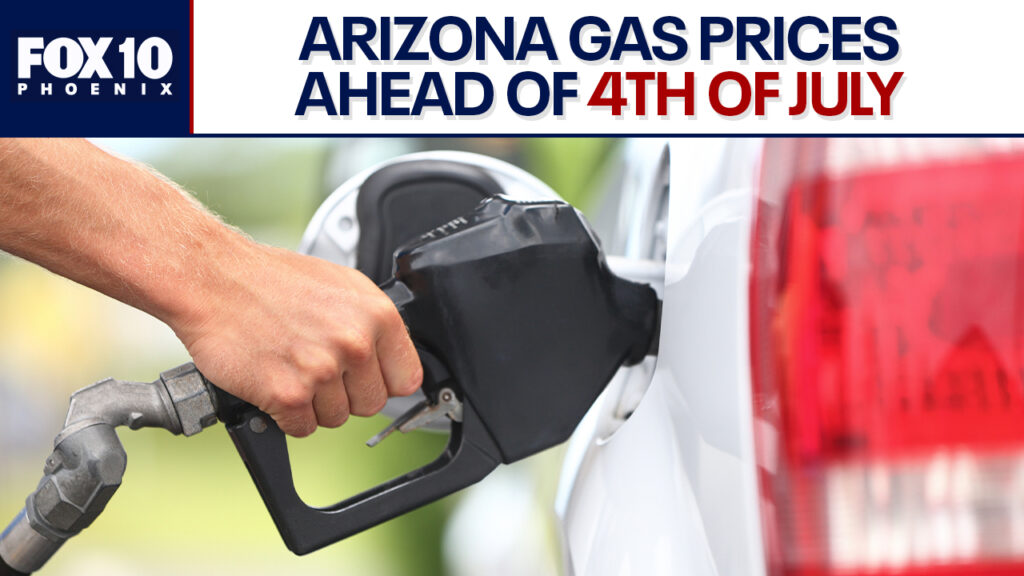
As the Fourth of July holiday approaches, drivers across the United States are receiving an unexpected gift: the lowest gas prices seen since 2021. This welcome change comes at a time when millions are preparing to hit the road for the long weekend, promising some relief for wallets amid broader economic concerns.
According to the latest data from the American Automobile Association (AAA), the national average for a gallon of regular gasoline has dipped significantly, offering a reprieve from the high costs experienced over the past two years. This decline in prices is attributed to a combination of increased oil production and a temporary dip in demand.
Factors Behind the Price Drop
The reduction in gas prices is largely driven by several key factors. Increased oil production in the United States and other major oil-producing countries has led to a surplus, pushing prices down. Additionally, a seasonal decrease in demand as schools close for summer and families embark on vacations has contributed to the lower prices.
Energy analyst John Peterson notes, “We are seeing a classic supply and demand situation. With more oil available and slightly less demand than anticipated, prices have naturally come down.”
Historical Context and Comparisons
This price drop is reminiscent of the trends seen in the early 2020s, when a combination of geopolitical factors and production shifts led to fluctuating gas prices. The current situation, however, is unique in its timing and the rapidity of the decline.
In 2021, gas prices surged due to a mix of supply chain disruptions and increased demand as economies reopened post-pandemic. The current dip marks a significant reversal, providing a momentary respite for consumers.
By the Numbers
- Current national average price: $3.50 per gallon
- Average price one year ago: $4.20 per gallon
- Highest recorded national average: $5.02 per gallon in June 2022
Expert Opinions and Future Outlook
While the current gas prices are a boon for consumers, experts warn that the relief may be temporary. “Global markets are unpredictable,” says energy economist Linda Green. “While we are seeing lower prices now, any geopolitical tension or natural disaster could alter the landscape overnight.”
Looking ahead, analysts suggest that prices may stabilize but caution against expecting further significant drops. The Organization of the Petroleum Exporting Countries (OPEC) has indicated potential production cuts in the coming months, which could impact future pricing.
Implications for the Economy
The drop in gas prices is likely to have a ripple effect across the economy, potentially boosting consumer spending as individuals have more disposable income. This could be particularly beneficial for the travel and tourism sectors, which are gearing up for a busy summer season.
However, the broader economic implications remain mixed. While lower gas prices can stimulate spending, they also reflect underlying uncertainties in the global oil market. As such, both businesses and consumers are advised to remain cautious and watchful of future developments.
As the holiday weekend approaches, the focus remains on enjoying the temporary relief at the pump. Whether this trend continues will depend on a complex interplay of global factors, making it a key area to watch in the coming months.







